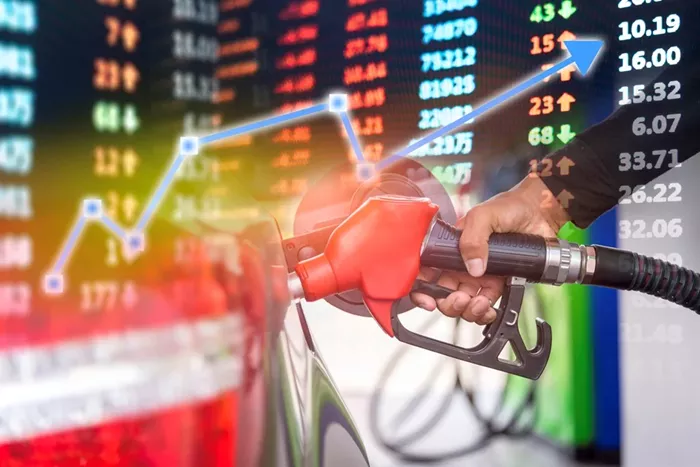Mid-month data from the Central Energy Fund (CEF) suggests that South African motorists could see a mixed bag of fuel price changes as December approaches, with petrol set for a slight decrease and diesel prices expected to rise.
According to CEF data, petrol prices are projected to fall by between 5 and 16 cents per litre, while diesel prices could increase by around 37 cents per litre. These changes, however, are based on current market conditions, which remain highly volatile. As a result, analysts warn that the final fuel price adjustments at the end of the month could be subject to significant fluctuations.
Here are the expected price changes for December:
Petrol 93: Decrease of 16 cents per litre
Petrol 95: Decrease of 5 cents per litre
Diesel 0.05% (wholesale): Increase of 38 cents per litre
Diesel 0.005% (wholesale): Increase of 36 cents per litre
Illuminating paraffin: Increase of 38 cents per litre
The CEF does not provide daily data for LP Gas prices, and the Department of Petroleum and Mineral Resources cautions that its daily snapshots are not predictive and may not include other potential adjustments, such as changes to the slate levy or retail margins. The department makes final decisions on these adjustments at the end of the month.
Fuel prices in South Africa are primarily influenced by the rand/dollar exchange rate and international oil prices. Monthly price adjustments are made on the first Wednesday of each month, based on fluctuations in these two key factors.
Rand Weakness Drives Increased Fuel Prices
Oil prices have shown a decline in November, starting just under $75 per barrel and dropping to around $71 by mid-month. This reduction in oil prices has led to an over-recovery of between 13 and 23 cents per litre for petrol. However, diesel still shows an under-recovery of approximately 29 cents per litre, although this is an improvement from the more than 50-cent under-recovery at the beginning of the month.
In contrast, the South African rand has experienced significant weakness, exacerbated by broader pressures on emerging markets. The rand, which opened November at around R17.50 to the dollar, recently broke through the R18 mark, further weakening to about R18.30 by mid-month. Economists expect this volatility to persist.
The rand’s deterioration is largely attributed to the market reaction to the 2024 U.S. elections, which saw former president Donald Trump and the Republican Party secure a sweeping victory. The political shift has raised concerns over potential inflation, interest rate hikes, and a renewed trade war with China—factors that are expected to strain global economies, particularly emerging markets like South Africa.
This weaker rand has more than offset any gains from lower oil prices, resulting in an under-recovery of around 8 cents per litre for fuel prices in South Africa by mid-November.
Global Oil Market Faces Uncertainty
Meanwhile, global oil markets face uncertainty as demand projections from major consumers such as China, the U.S., and Japan have fallen short. The International Energy Agency reports that the global oil market could face a 1 million barrel oversupply in 2025, further driving down oil prices.
Chris Weston, Head of Research at Pepperstone, highlighted that while oil prices have dropped, major oil producers within OPEC+ are operating below capacity, with little room to increase output further. The uncertainty around U.S. oil production, combined with a potential slowdown in global economic growth, has led to a bearish outlook for the crude market.
The combination of weaker oil prices and a volatile rand means that while fuel prices could see slight decreases in some areas, the overall outlook remains unpredictable. The situation underscores the impact of global economic factors and domestic currency fluctuations on South African consumers’ daily costs.
Related topic:
What Color is Gasoline When Mixed With Oil?

